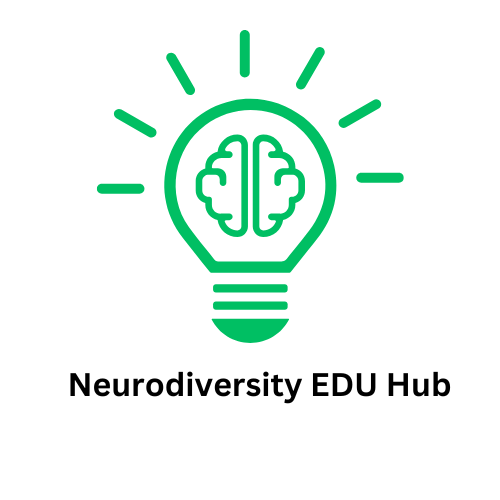
Understanding the Traumas of Neurodivergent Individuals
The journey of neurodivergent individuals, particularly those who grew up in less understanding environments, is often fraught with challenges. Megan MacKay highlights the profound effect that historical misunderstandings have had on those navigating a world that wasn't built with their needs in mind. With many from older generations, particularly those schooled in the traditional systems of the 1980s, the lack of awareness around neurodivergence has resulted in the enduring trauma of being reprimanded for conditions beyond their control.
In 'Megan MacKay on common traumas the neurodivergent community faces', the discussion dives into the profound impact of systemic ignorance within educational systems, exploring key insights that sparked deeper analysis on our end.
The Impact of Educational Systems on Neurodiversity
The educational structure of the past frequently failed to accommodate differing cognitive styles. Many children were left without answers to questions about their own behavior or learning differences, leading to feelings of inadequacy and shame. In these environments, neurodivergent students were often objects of misunderstanding, which could lead to lifelong patterns of trauma. This trauma is not just a personal struggle; it reflects systemic issues in how we approach education, inclusivity, and support for diverse learning profiles.
Shaming as a Result of Systemic Ignorance
Shame is a recurring theme in the experiences of neurodivergent individuals. When the system fails to recognize their unique learning needs, the very essence of their being can become a source of embarrassment. MacKay's reflections remind us that the constant pressure to conform and “fit in” only adds to the emotional burden. This often leads to a damaging cycle where young people feel oppressed by the expectations of a one-size-fits-all educational system.
Connecting to Modern Neurodiversity Discussions
Today, as we engage in conversations about neurodiversity and inclusivity, it is essential to consider these historical contexts. The acknowledgment of past traumas allows us to build better systems that not only support neurodivergent individuals but also celebrate their differences. Being aware of these issues can significantly alter how we educate and advocate for future generations.
Actions We Can Take for Neurodivergent Support
Understanding the trauma experienced by neurodivergent individuals calls for actionable insights from educators, parents, and policymakers. It’s crucial to foster an environment where differences are recognized as strengths, not liabilities. Here are ways we can collectively improve:
- Creating Inclusive Curricula: This means developing educational materials that are adaptable to diverse learning styles, ensuring all students feel validated.
- Training Educators: Professional development should focus on neurodiversity awareness and teaching strategies that accommodate various learning needs.
- Encouraging Open Dialogue: Moving away from stigmatizing language can help reduce shame and empower students to recognize their strengths.
The Future of Neurodiversity Visibility
As discussions about neurodiversity continue to evolve, we can predict significant shifts towards acceptance and understanding. More individuals and organizations are championing the rights of neurodivergent persons, fostering environments that not only acknowledge differences but also incorporate them as valuable assets. The future looks promising, but it requires active participation from all societal sectors to ensure that the traumas of the past do not persist into future generations.
As we reflect on the insights shared by Megan MacKay, it’s clear that addressing these traumas within the neurodivergent community is elevated by knowledge and understanding. This awareness sparks a transformative journey towards a more inclusive society.
 Add Row
Add Row  Add
Add 




Write A Comment